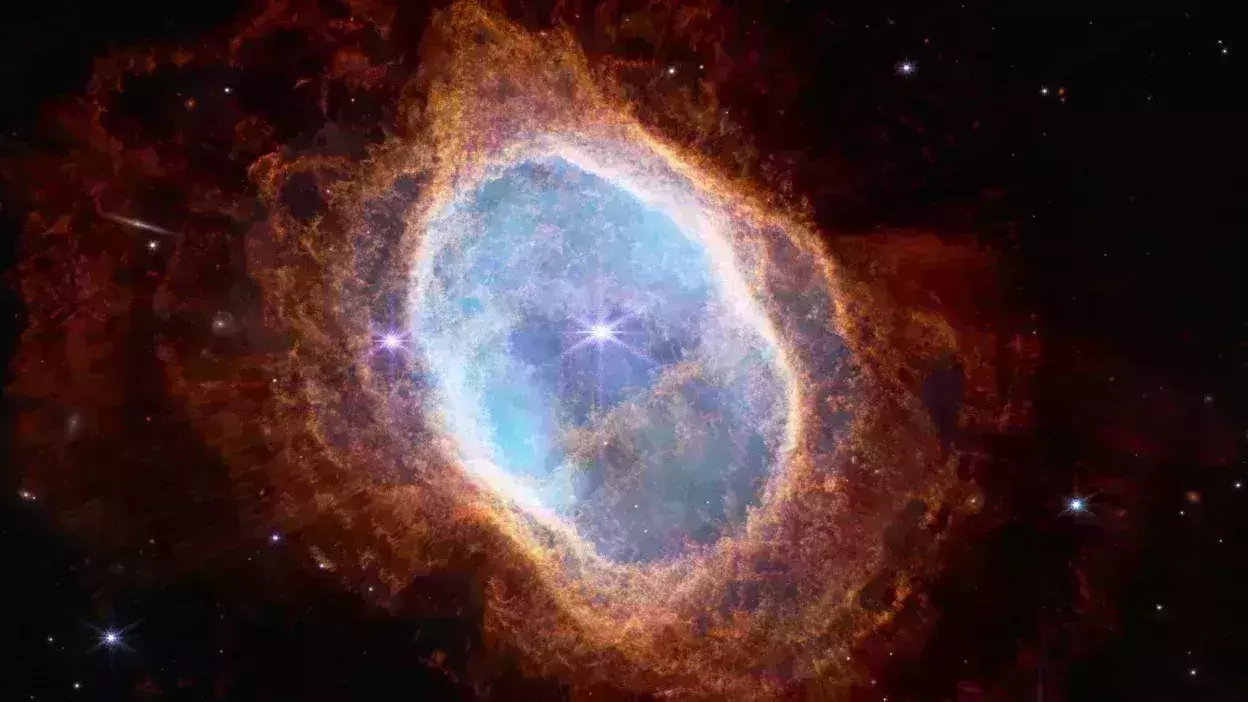
James Webb Space Telescope: Cosmic history and life outside Earth in focus
text_fieldsAfter the first set of images from the James Webb Space Telescope was released, astronomy enthusiasts have been raving about the quality of the images. This is the most detailed look humans have received inside galaxies.
Experts are hailing James Webb Space Telescope to be a true chance at learning about the history of the universe and the creation of galaxies and maybe even life outside our solar system.
Images from Webb have already suggested that the earliest building blocks of galaxies are "clumpy and irregular" as opposed to the spiral and elliptical shapes we are used to. New images have also shown older redder stars similar to the Sun. These were not visible to the Hubble Space Telescope.
Experts are focusing on two projects, and one of them is the possibility of studying the earliest phase of cosmic history. While scientists are sure the Big Bang happened, the following events are still not clear. Stars are thought to begin forming 100 million years after the Big Bang. But scientists do not know what they looked like.
Experts think early stars might have been much more massive than the Sun and solely made up of hydrogen and helium.
Space Telescope Science Institute astronomer Dan Coe told AFP that JWST will help humans to see further than we have ever seen. Experts at NASA will be able to look back into the earliest time to see the first galaxies that formed in the history of the universe.
Basic science is that light from distant objects takes longer to reach Earth. So, when experts using JWST are looking out into space, they are seeing galaxies far away in their early stages of creation.
Scientists have theorised 97% of the way back to the Big Bang but galaxies were still tiny red specks in the sky. "With Webb, we can finally see their insides and what they are made of," said Coe.
NASA is also keen to explore the possibility of life existing outside of our solar system. Olivia Lim, a doctoral student at the University of Montreal, is focusing on planets revolving around a star called Trappist-1. She has theorised that almost all conditions are favourable for life to exist, reported AFP.
The Trappist-1 system is attractive because it is only 39 light years away from Earth. It has roughly Earth-sized planets and three out of seven of them are in the habitable zone.

















